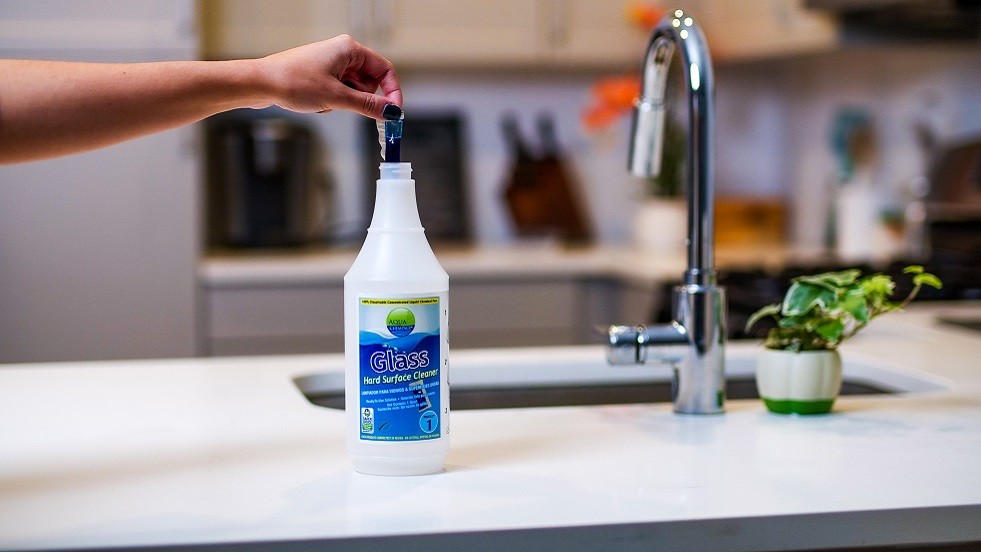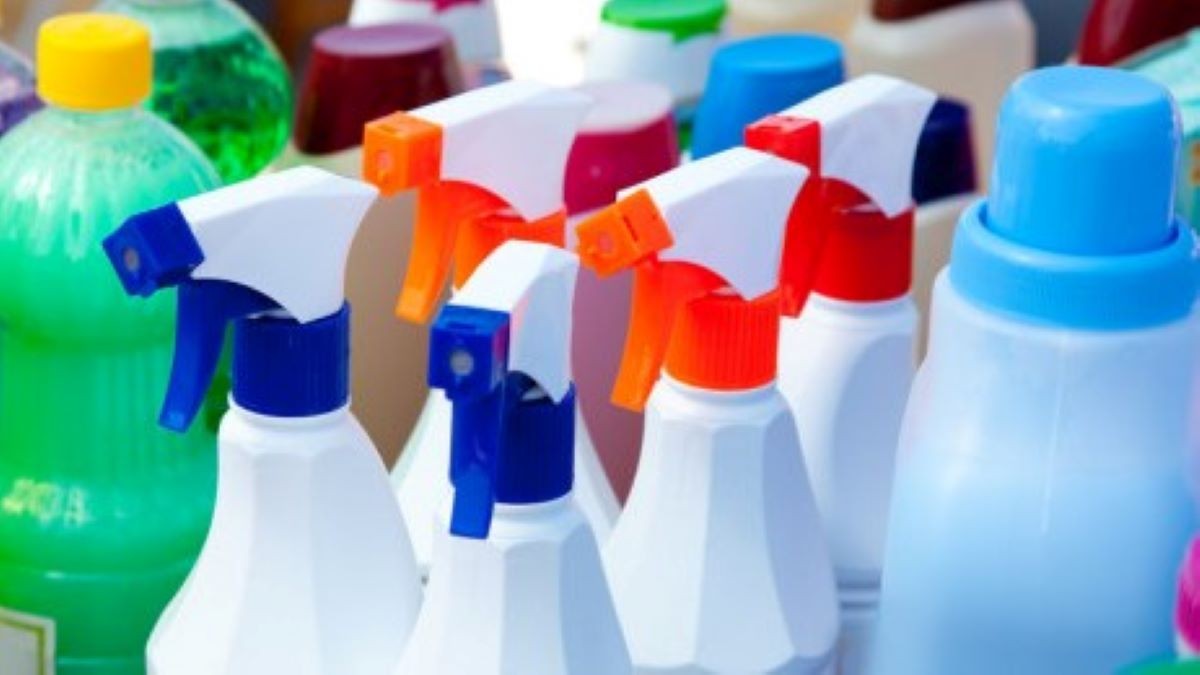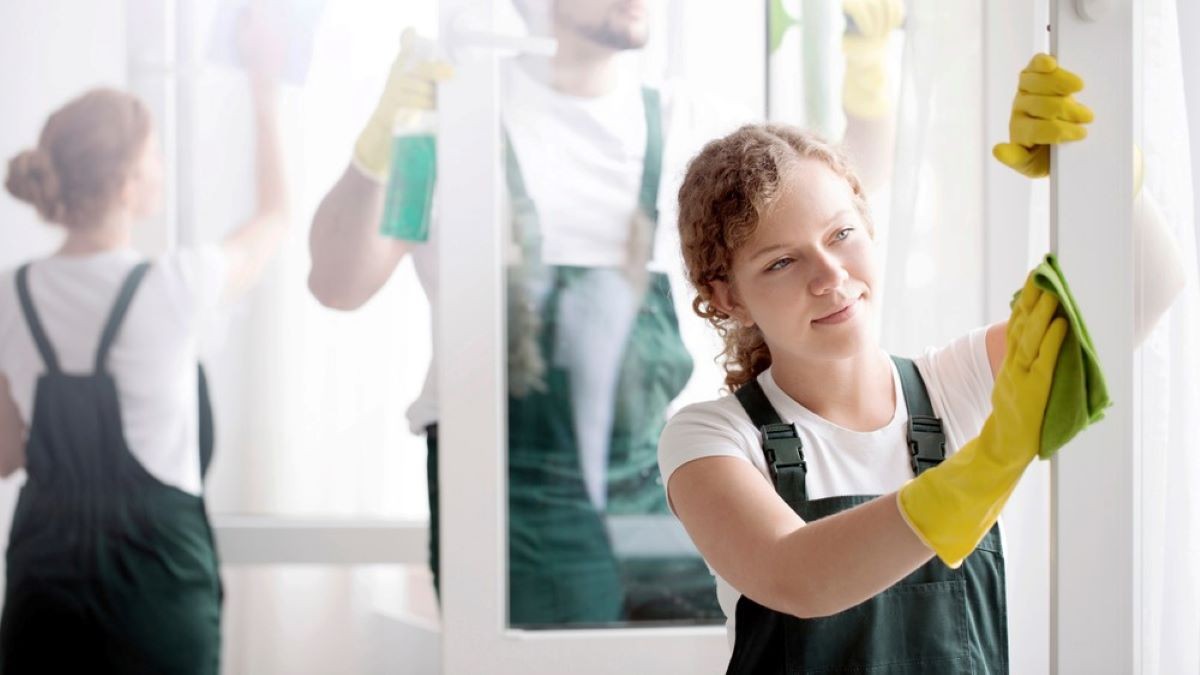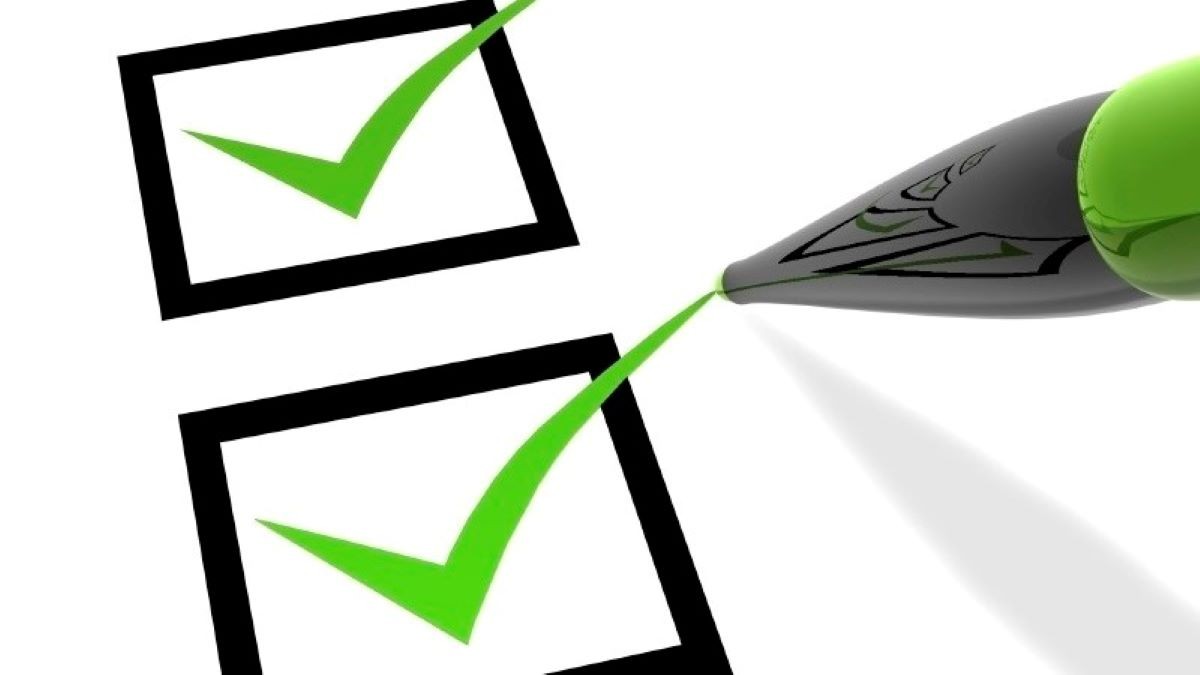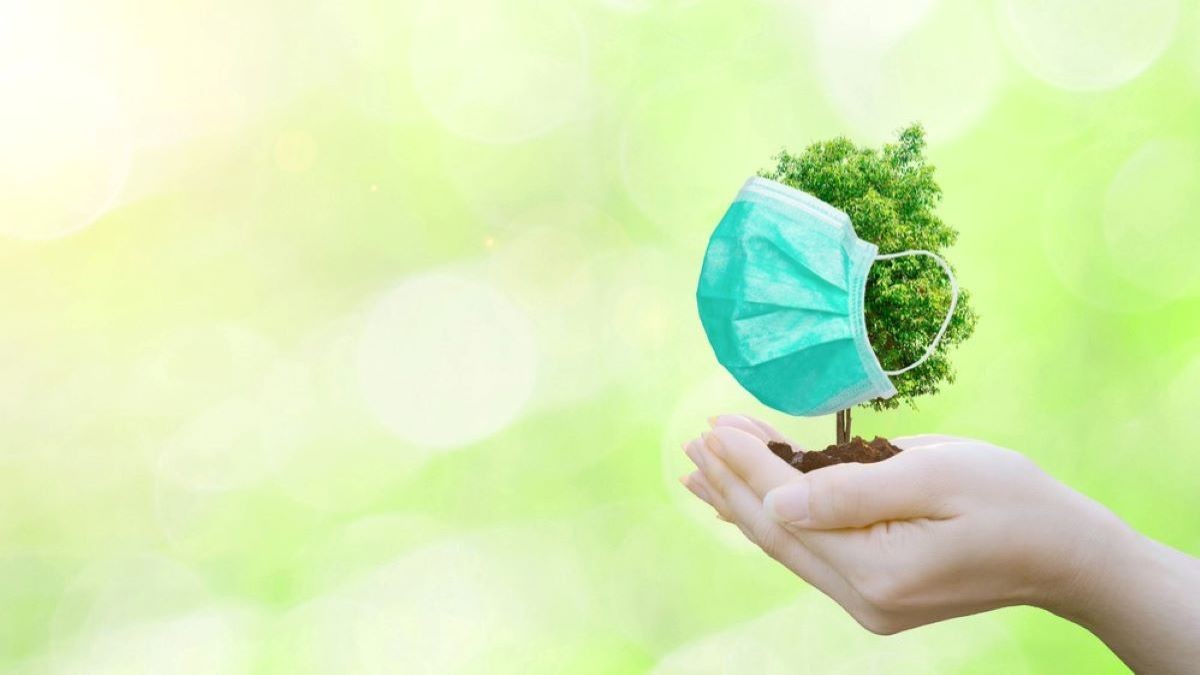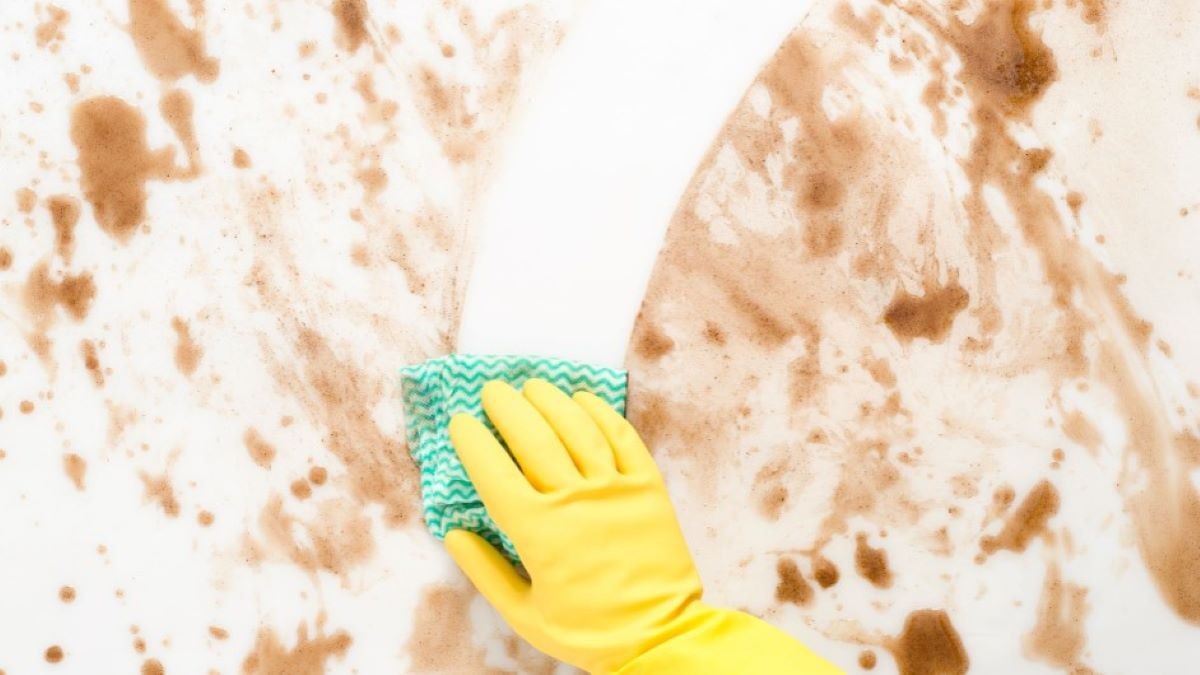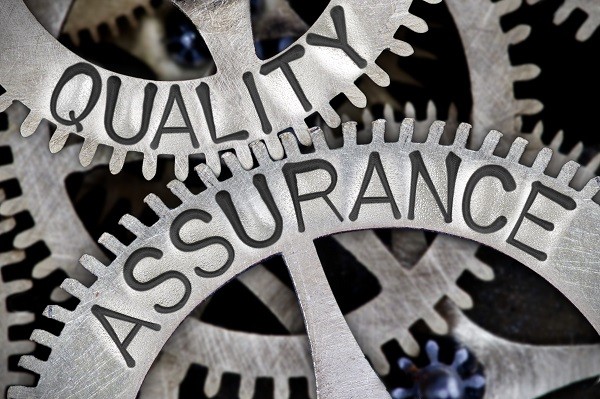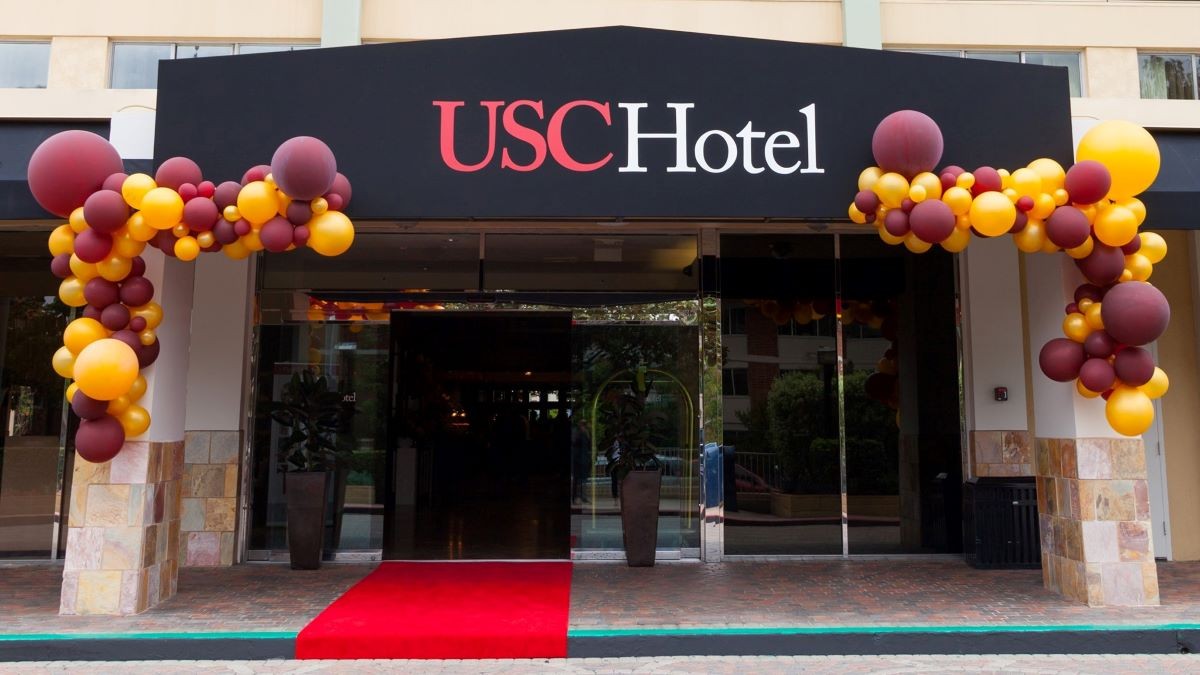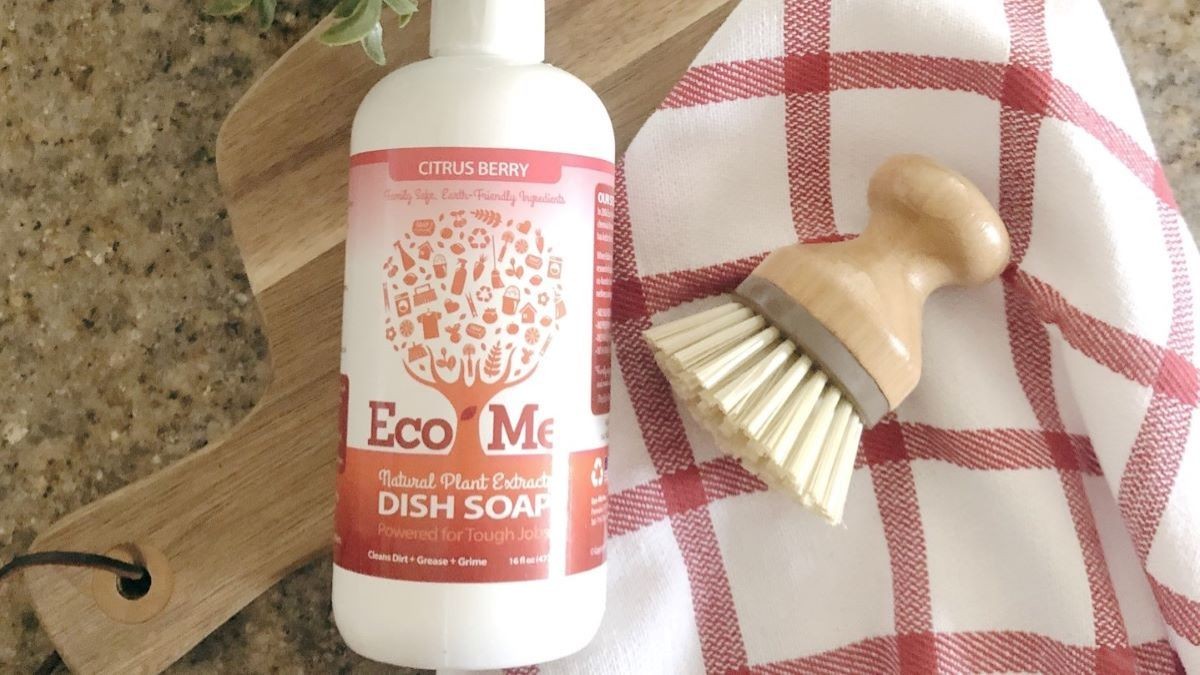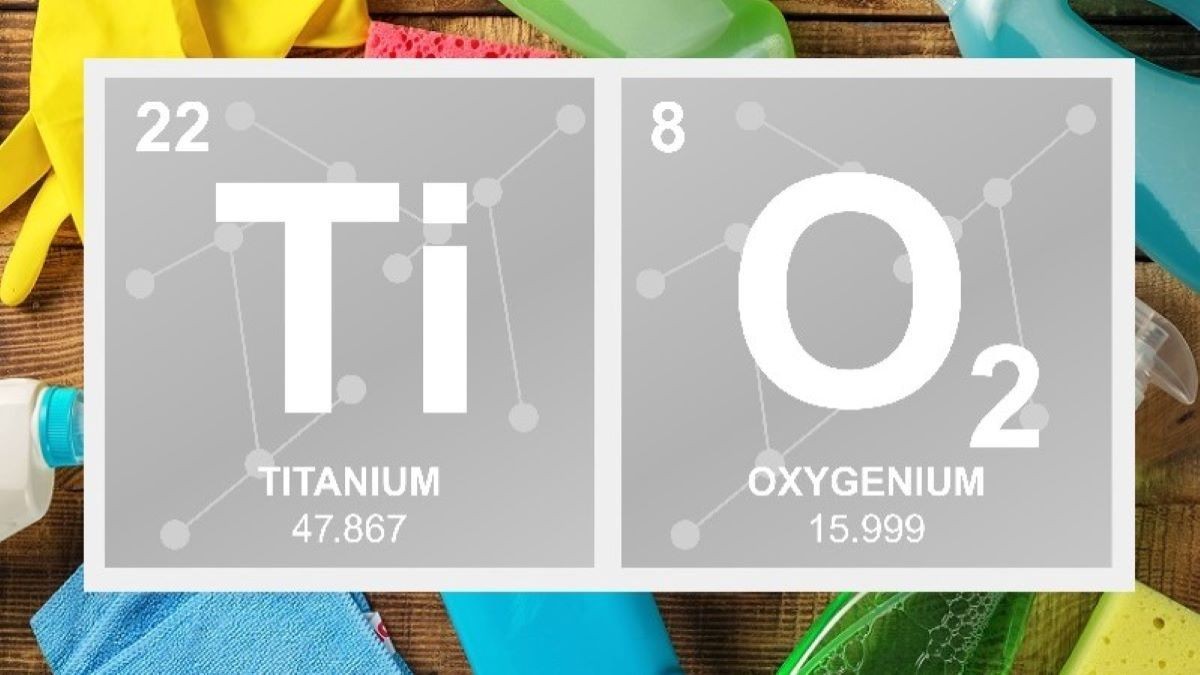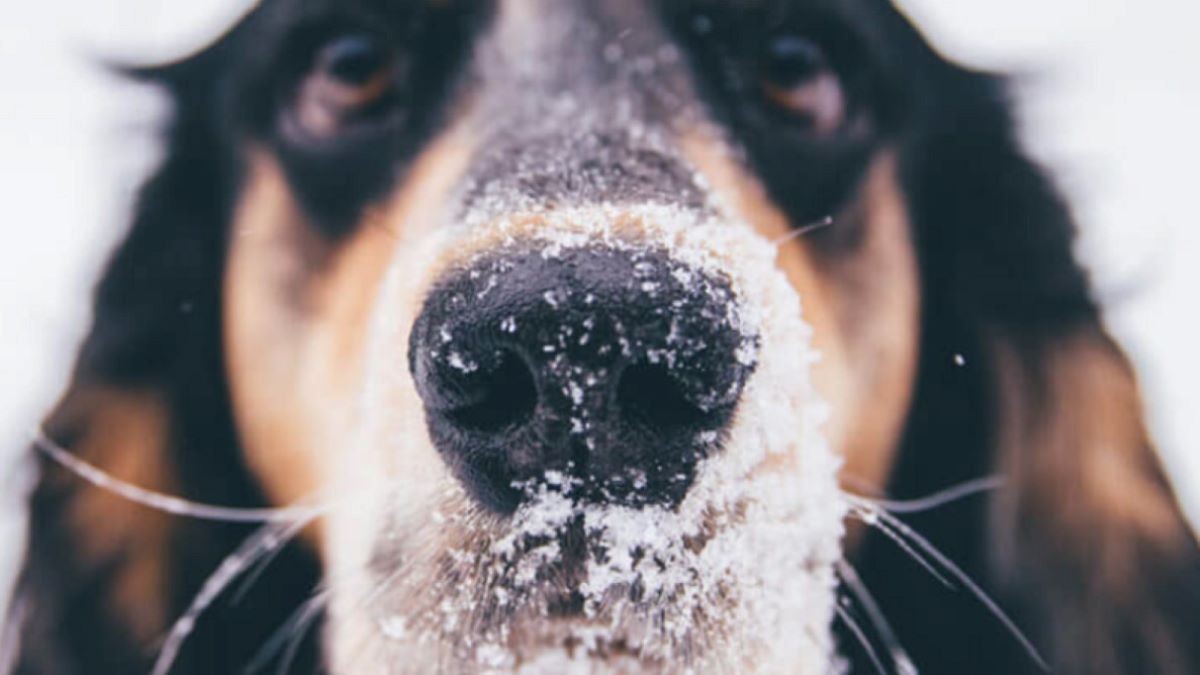With cleaning workers on the front lines of the coronavirus crisis, Green Seal caught up with Michael Doherty, president of BMS Building Maintenance Service, to learn how the industry-leading green cleaning company is approaching the challenges of operating during a pandemic.
Certified to Green Seal’s GS-42 commercial cleaning standard since 2014, BMS cleans more than 100 million square feet of space across New York, Chicago and the Mid-Atlantic, including iconic buildings like Chicago’s Merchandise Mart.
GS: What are your clients asking you for right now, and how are you communicating to them about how you’re addressing the outbreak?
MD: Now more than ever the importance of the work we do is top of mind for clients. The biggest concern is how our staff is cleaning their spaces, and whether our procedures and the chemicals we use will disinfect for COVID-19. In many cases, clients are asking us to increase the frequency of cleaning, particularly for high touch surfaces such as doorknobs, kitchen surfaces and appliances, and restroom fixtures. Additionally, there’s a high demand for certain supplies such as hand sanitizer liquids and wipes. We are providing these to clients, and continually working our supply chain to ensure we have stock.
We are communicating through a variety of methods, including mass communications, email, but most importantly, over the phone in real time. As the situation is evolving so rapidly, voice communication is often the quickest means to get the work done.
GS: How have you had to adjust your operations or internal communications to deal with this crisis?
MD: As the COVID-19 situation began to unfold, BMS established an internal emergency communications team, consisting of company leadership and representatives from our operations, safety, and quality assurance departments. The team members are in regular communication to evaluate factors affecting our ability to deliver service, and to make operational adjustment to meet new demands.
In many cases, roles and responsibilities have also shifted. Team members are being pulled from their regular work to focus on critical COVID-related initiatives that wouldn’t normally fall in their scope of responsibility. It’s an “all hands-on- deck” mentality. I’m proud of how our team has risen to the occasion.
Our internal communications have also been affected by the fact that all “non-essential” staff is now working from home. The company is holding more virtual meetings than ever and has established new tools for group communication such as mass-texting.
GS: Have you had to handle any supply chain issues and adjust your procurement? Have you had to quickly switch to different products and conduct new trainings?
MD: We are working closely with our suppliers to stay abreast of changing supply conditions and supply chain shortages. Products in highest demand include sanitizing wipes and liquids, disinfecting chemicals, and face masks.
We are adding safety stock where possible for these critical products. We are sourcing from multiple suppliers, not relying on one sole vendor or one brand manufacturer. As worldwide demand for these items continues to grow, shipping times are often in flux, so we are closely tracking all orders.
GS: How are you protecting your frontline employees?
MD: For our cleaning staff, we are taking proactive approaches to infection prevention and emergency preparedness in response to concerns about COVID‐19, including providing personal protective equipment as necessary, and continued safety and hygiene training. Additionally, we are closely tracking cases or potential cases in our buildings and notifying our staff as soon as we are notified.
We are also attempting to educate them with whatever information becomes available.
GS: Are you encountering questions about the effectiveness of green cleaning for coronavirus? If so, how are you addressing them?
MD: The EPA has published a list of approved disinfectants for COVID-19, which has been the number one concern for our clients. While some disinfectant manufacturers claim to be green, the reality is that EPA considers all disinfectants to be a part of the pesticide family and requires them all to be EPA registered.
That said, some disinfectants have less harsh ingredients than others. Product with ingredients such as alcohol, lactic and citric acid, and hydrogen peroxide are examples of what we look for.
Additionally, another thing to note is that before we disinfect, we clean. We continue to use the same green products and processes already in place for cleaning.
GS: Can you give us an overview of your protocols for de-contamination of a building that may have had an individual with coronavirus?
MD: In the regions where we provide this service, we follow very specific protocol. To start we isolate the area and dispose of any contaminated materials. We then use an advanced electrostatic disinfecting application that offers 360 degrees of touchless disinfection and sanitizing. It’s important to note that even with the electrostatic disinfecting application there is no way of knowing if every infected surface has been treated. BMS cannot guarantee surfaces are contamination-free.
After the job is done, we dispose of all PPE according to BMS’s Pathogen Exposure Control Plan, and remove signage and barricades following completion of cleaning and disinfection.
GS: How are you supporting and responding to any fears and concerns or sick leave requests by your staff? Have you been able to respond to new requests for services with the staff you have?
MD: We are requiring staff to stay home if they are sick or experiencing any symptoms of acute respiratory illness. Additionally, if staff has had contact with someone who has or may have coronavirus, we are requiring them to stay home. We are closely tracking staffing, and continually assessing the need to shift staffing to maximize resources.
GS: With more people teleworking, have you been able to shift work hours for your cleaning crews?
MD: As more clients are work remotely, tenant spaces are shutting down completely. Our goal is and will be to continue to reallocate those cleaning crews to other projects to the best of our ability.
In many cases we are rotating the cleaning crews methodically to avoid an entire crew being infected should one person become infected.
Our cleaning staff are on the front lines of this pandemic, working tirelessly, day and night. The work they do will save lives, and we could not be more grateful to them.
GS: When was the last time you had to implement these kinds of emergency protocols? For example – during flu season at a school, or during the 2009 H1N1?
MD: In 2009 during H1N1 we provided continuous sanitizing of public areas in buildings. But unlike what we are dealing with today, we did no heavy-duty disinfecting of tenant spaces.
Other comparable events would be the emergency procedures the company implemented after 9/11 and after Hurricane Sandy in New York City.
GS: What are some lessons that you’ve learned in this tough time and while addressing urgent requests?
MD: Keeping spaces clean and helping keep clients healthy has always been our goal. We have seen validation of this goal and the work we already do. That said, we have also learned more than we’d like to about infectious disease protocol. However, we have also adapted our practices to major disinfecting of tenant and building spaces in accordance with CDC protocol. We have learned that communication between management and building staff is critical in extended emergencies. It is vital to make line managers and cleaning staff feel informed, valuable, and safe. Also, we have learned that working by telecommunication is not nearly as painful as we had anticipated.
Mike Doherty is President of BMS and its subsidiary companies. He has over 35 years of experience in the building service industry. Since 1998, he has run all operations for BMS and is currently responsible for janitorial, security, architectural surface maintenance and window cleaning services managing more than 2,800 employees.
